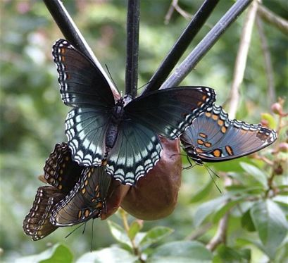-
Beneficial Bat Houses
Bats could really use a new image!
Helping to demystify the furry creatures and their role in biodiversity would suit them and us well. This photo? Picked off Pinterest, but it sure is kind of cute! But do bats really roost in bat houses? You bet they do if habitat is suitable.
And just why would you want them around your property?
For insect control, bats can eat thousands of mosquitoes and flying pests each night. As a natural and effective method it’s brilliant. As pollina
tors, they spread and cross-pollinate both annuals and perennials in the garden. As an endangered species, yes! Brown bats are facing decimation due to a virus that still has scientists baffled. White Nose Syndrome is causing controversy with Fish and Wildlife Services – as far as revenue-generating options. Opening caves to the general public as tourist attractions seems to be an ill-thought idea in lieu of the disease and decrease in bat population numbers. Is it a concern? Just ask any farmer who’s had crops wiped out due to an over abundance of insects and pests 🙁
Hundreds of brown bats (or any large group) are referred to as colonies. Larger bat houses containing three or more chambers will host whole colonies. Houses or shelters do not require cleaning or nest removal like birdhouses, simply because they’re used for roosting only.
Suitable habitat consists of nearby woods or heavy brush, preferably with creeks, lakes, or streams in close proximity. Height is important, as bat houses should be placed at least 15-20 feet above ground. Erected on a pole, or the side of a structure is best. The range is broad on the size and type of shelters available. From
smaller kits and single-chamber houses for experimenting, to decorative and larger houses to host whole colonies, we’d say it’s definitely worth a try this season!
-
whoa! Beer for attracting butterflies?
Yep, turns out that host plants and nectar-producing flowers aren’t the only foods butterflies enjoy. Seems that beer is mighty popular with the winged wonders too! When mixed with molasses and a few slices of over-ripe bananas, beer is an ultimate attraction due to the high sugar content. The best way to offer this type of mixture is on a shallow dish, or spread over some rocks (in full shad
e is best).
Of course butterflies will take some time to find the new food source, but if habitat is suitable and they’re already hanging around, chances are very good they’ll discover the treat. Habitat would begin with gardening, and oh, the leaf misters! Butterflies adore the gentle mist in summer. To be honest, we’ve never offered butterfly feeders in our yard, but every summer the action is non-stop. Two misters and plants like lantana, milkweed, butterfly bush, abelia and angel trumpet abound, and the best part… they’re all perennial plants which come back every year!
Now if you’re more inclined to offer traditional nectar in your butterfly feeder, remember that they do not drink from an open liquid source. A sponge (preferably new) is necessary to soak up the liquid, and a regular kitchen sponge will do the trick well. In this manner it acts as a wick, where butterflies can draw their food from, more along the lines of extracting nectar from a flower. This stoneware dish is perfect for offering nectar and the beer & molasses mixture, even a few pieces of old banana.
The video below, by P.Allen Smith offers some great suggestions for attracting butterflies through gardening. As far as the beer & molasses mixture? You’re on your own with that!
- Bats & Butterflies, Bird Accessories, Butterfly Feeder, Fruit Bird Feeder, Squirrel Feeder, Uncategorized
Unusual Butterfly Feeders offer great versatility, and a cool metamorphosis video too!
Love cool stuff! These butterfly feeders(coming soon) do double duty for fruit lovers like; Warblers, Thrashers, Woodpeckers, and lots of other migratory friends who adore fruit and/or jelly. An Oriole’s favorite, the center may be filled with jelly, while orange quarters are placed right along side.
As a nectar feeder for butterflies, the sea sponge is included. It acts as a wick-absorbing the liquid because butterflies will not drink from an open source. This method recreates how the flying gems actually draw nectar from flowers. Over-ripened fruit may also be placed on the outer dish, offering butterflies a varied and swell refuge.
Handcrafted of weather-proof stoneware, lead-free glazes, and brass chain, it’s safe outdoors year-round. The feeder may also be placed in the dishwasher for a quick & thorough cleaning. Lure butterflies to your place offering nectar and fruit together in this groovy, hand-made feeder.
And speaking of fruit, butterflies enjoy a variety of over-ripened ones. Grapes, oranges, melons, peaches, apples and berries will entice them to nibble and come back for more. This durable stalk feeder is perfect for creating a fruit smorgasbord, even corn on the cob works well in winter after butterfly migration is complete. (Yes… some folks really do feed the squirrels!)
Of course habitat plays a key role in attracting butterflies, and omitting pesticides will prove most beneficial. Nectar-producing flowers (lantana, abelia, and butterfly bush) are most common, and should be included in the landscape. Host plants are also required, and will likely deteriorate with munching! Milkweed, parsley and cabbage are a few favorites caterpillars love (and need) for growth to chrysalis stage.
Ever witnessed the stages of a butterfly metamorphosis? Until seeing the video below, I can’t say that I have! Truly a masterpiece of nature, it’s worth the watch!

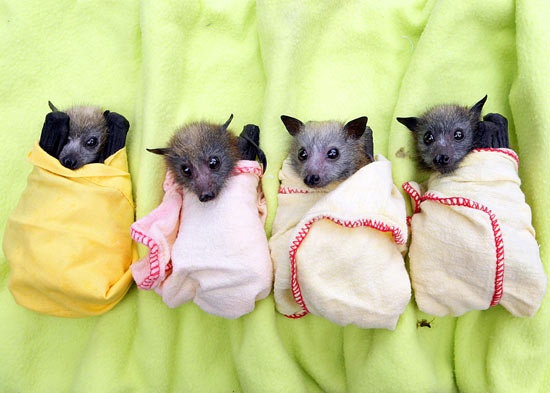
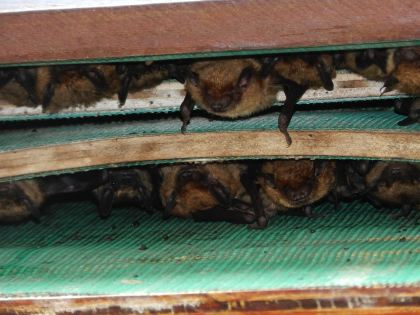
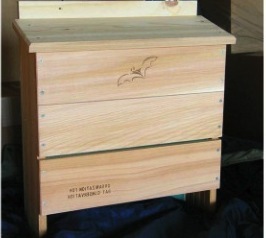
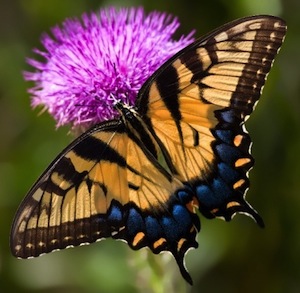
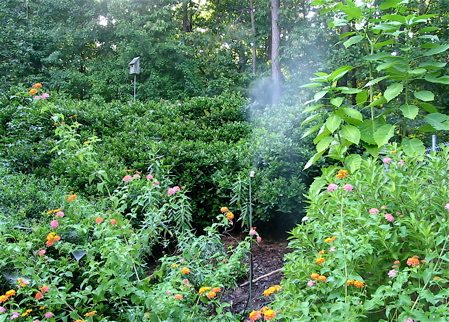
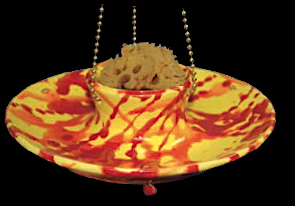 Now if you’re more inclined to offer traditional nectar in your butterfly feeder, remember that they do not drink from an open liquid source. A sponge (preferably new) is necessary to soak up the liquid, and a regular kitchen sponge will do the trick well. In this manner it acts as a wick, where butterflies can draw their food from, more along the lines of extracting nectar from a flower. This stoneware dish is perfect for offering nectar and the beer & molasses mixture, even a few pieces of old banana.
Now if you’re more inclined to offer traditional nectar in your butterfly feeder, remember that they do not drink from an open liquid source. A sponge (preferably new) is necessary to soak up the liquid, and a regular kitchen sponge will do the trick well. In this manner it acts as a wick, where butterflies can draw their food from, more along the lines of extracting nectar from a flower. This stoneware dish is perfect for offering nectar and the beer & molasses mixture, even a few pieces of old banana.